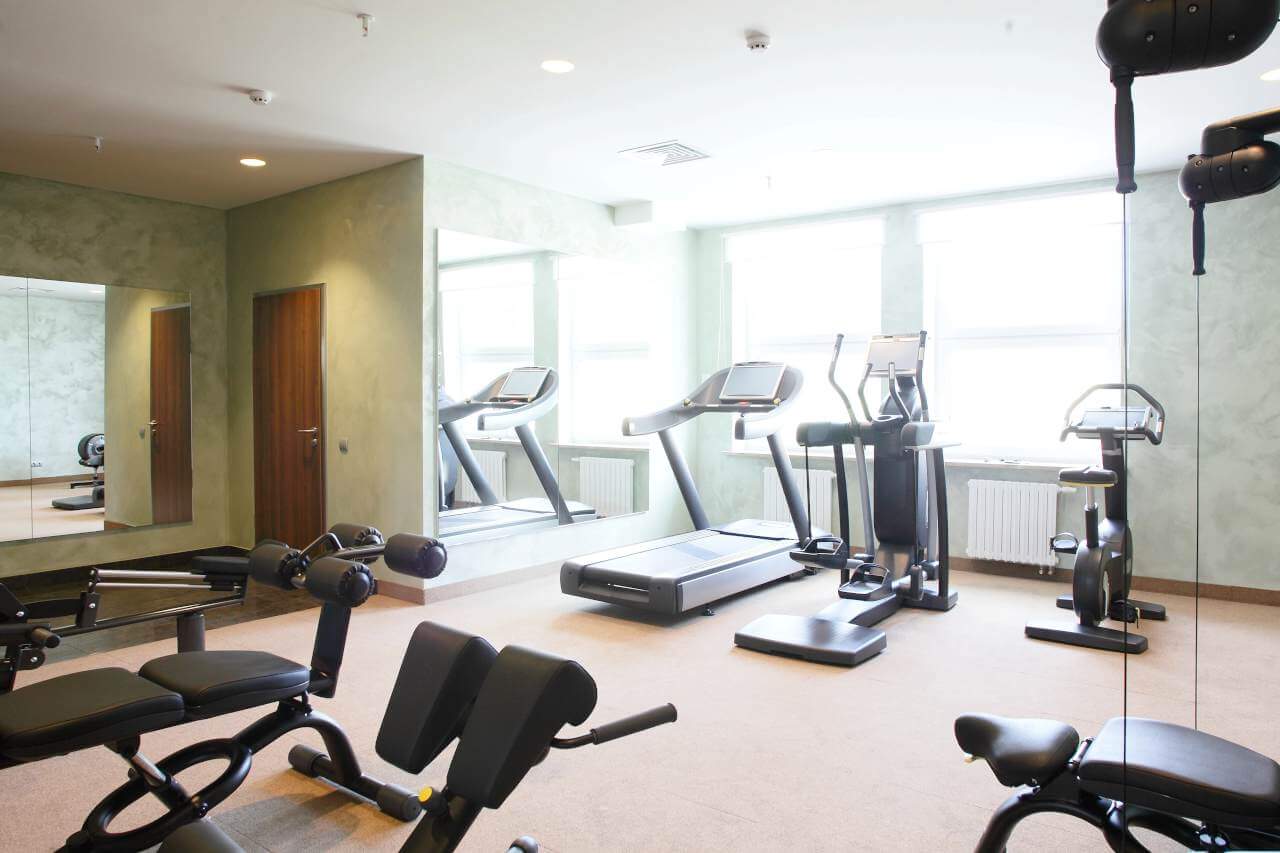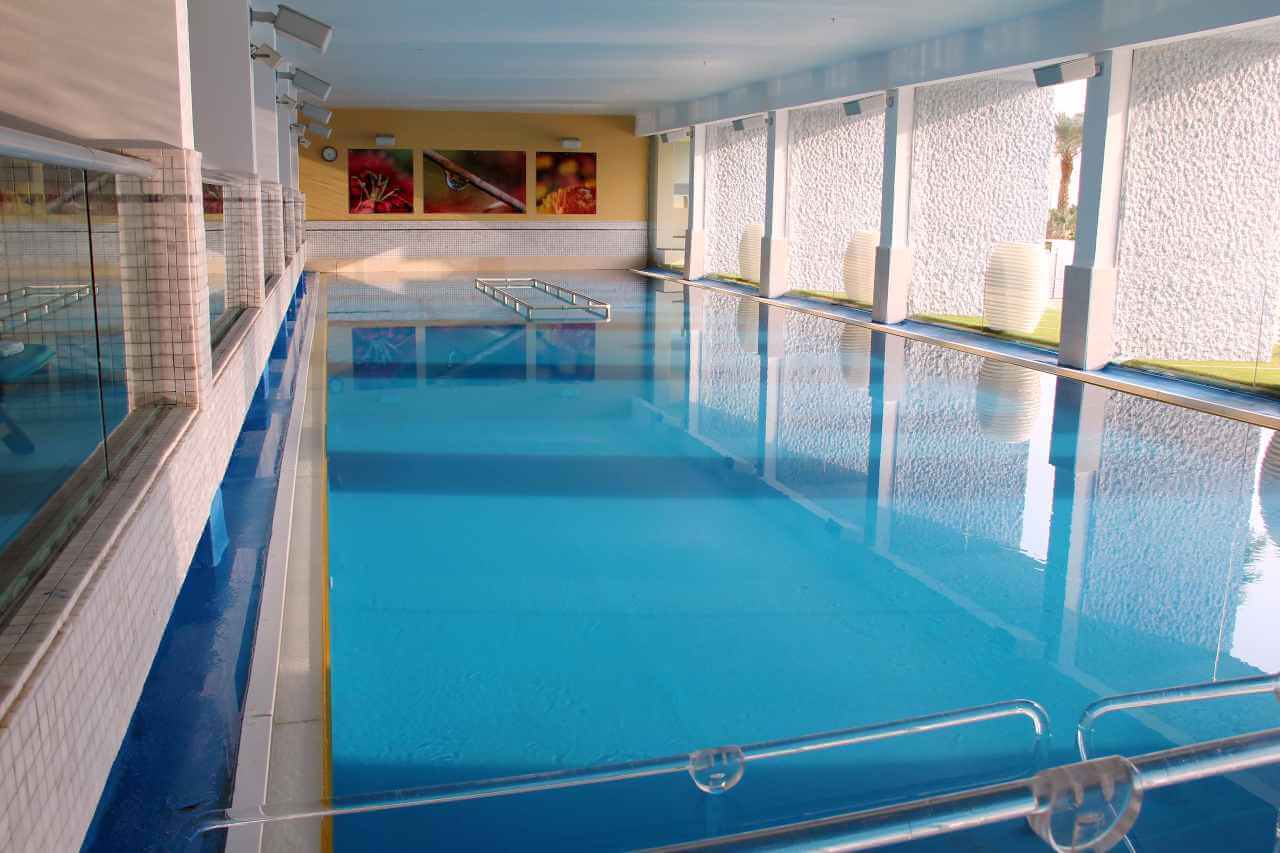
About the Department of Orthopedic Rehabilitation at Rehabilitation Clinic Medical Park St. Hubertus Bad Wiessee
The Department of Orthopedic Rehabilitation at the Rehabilitation Clinic Medical Park St. Hubertus Bad Wiessee specializes in all rehabilitation activities available in modern medicine for patients with diseases and injuries of the musculoskeletal system, including sports injuries. In addition, the medical facility offers orthopedic rehabilitation following surgical procedures on the skeletal bones, joints, tendons, and muscles. The department's medical team has unique experience in the field of rehabilitation after joint replacement surgery and spinal surgery. Upon admission to the department, the patient undergoes comprehensive diagnostics. There is state-of-the-art equipment for instrumental diagnostics (X-ray, ultrasound, densitometry, pedography, posturography, and other tests), an in-house laboratory for a wide range of blood and urine tests, and a gait analysis laboratory. Based on the results of the preliminary diagnostics, the department's specialists assess the patient's general condition and his or her rehabilitation potential, after which they start developing a personalized rehabilitation program. During the therapeutic process, rehabilitation therapists use various methods of physiotherapy, physical therapy, sports therapy, and occupational therapy. The department's rehabilitation therapists do everything possible to restore motor function and provide the patient with maximum independence in everyday life. The doctors also take care of the psycho-emotional state of their patients, motivate them, and provide moral support during rehabilitation, which plays an important role in achieving good results. The Head Physician of the department is Prof. Dr. med. Andrea Meurer.
The department's medical team achieves excellent results in the rehabilitation of patients who have undergone knee or hip replacement surgery. Joint replacement surgery is indicated in cases of joint degeneration. It involves replacing the patient's own joint with an artificial one. After the operation, motor function improves significantly and pain disappears, but a course of orthopedic rehabilitation is required to fully restore mobility and normalize muscle tone. Rehabilitation treatment programs after joint replacement surgery are developed on an individual basis and include the following treatment methods: occupational therapy, medical training therapy, physiotherapy, physical therapy, sports therapy, and diet therapy. The patient may also receive psychological support if needed.
The department also offers effective rehabilitation treatment after operations for spinal diseases and injuries. Spinal surgery is usually only the first step on the path to recovery. For a full recovery and a return to everyday life without restrictions, the patient needs a rehabilitation course at a specialized medical center. The duration of rehabilitation after spinal surgery depends on the complexity of the surgery: sometimes a course lasting several weeks is sufficient, but in more complex cases, an extended rehabilitation program lasting several months may be required. The department's specialists most often treat patients after operations for herniated discs, spinal instability, vertebral fractures, and spinal tumors. The goal of a rehabilitation therapist is to eliminate mobility limitations, ensure spinal stability, improve posture, and eliminate pain. Physiotherapy, physical therapy, and medical training therapy are integral parts of the rehabilitation program.
Orthopedic rehabilitation for patients with rheumatic diseases is also part of the department's medical services. In case of such diagnoses, it is crucial to start rehabilitation activities as soon as possible. They are aimed at alleviating symptoms, maintaining joint function, and preventing the progression of pathology. The basis of rehabilitation for rheumatic diseases is physiotherapy, sports therapy, and physical therapy.
The department also regularly provides rehabilitation for patients with osteoporosis. The pathology is associated with continuous changes in the structure and destruction of bone tissue, which results in an increased risk of fractures, especially fractures of the vertebral bodies, hips, and forearms. Moreover, fractures occur as a result of minor trauma, while this does not happen with normal bone density. Osteoporosis is more common in women than in men. Rehabilitation programs for osteoporosis are aimed at increasing bone mineral density and preventing fractures, which in turn helps improve the patient's quality of life. The optimal set of rehabilitation activities is selected taking into account the complexity of the pathology, the presence of osteoporotic fractures in the past, the patient's age, and his or her general condition. As a rule, rehabilitation therapists combine physiotherapy, physical therapy, occupational therapy, diet therapy, and other methods.
The department offers the following rehabilitation activities:
- Physiotherapy
- Manual therapy
- Osteopathy
- Therapeutic exercises (individually and in groups)
- Neurophysiological complex therapy for spinal stabilization
- Set of methods for the restoration of coordination of movements
- Set of methods for posture improvement
- Set of methods for pelvic floor muscle training
- Aquatic therapy
- Therapeutic climbing
- Physical therapy
- Classic massage
- Underwater hydromassage
- Lymphatic drainage massage
- Connective tissue and foot reflex massage
- Acupuncture massage according to Penzel
- Trigger point stimulation
- Heat therapy
- Cryotherapy
- Baths with medicinal additives
- Electrotherapy and electrical stimulation
- Sports therapy
- Workouts on the AlterG anti-gravity treadmill
- Sensorimotor training
- Isokinetic exercises
- Tai Chi, pilates, and Nordic walking
- Gyrotonic Expansion System workouts
- XBox workouts
- Vibration training
- Sling therapy
- Occupational therapy
- Training for the restoration of everyday skills, such as personal hygiene, dressing, undressing, cooking, driving, etc.
- "Walking school" to restore normal gait (the department uses an AlterG anti-gravity treadmill for this purpose)
- Other rehabilitation treatment methods
Curriculum vitae
Since October 2022, Prof. Dr. med. Andrea Meurer has been the Medical Director of the Rehabilitation Clinic Medical Park St. Hubertus Bad Wiessee, where she is also the Head Physician of the Department of Orthopedic Rehabilitation. Until 2020, she was the Medical Director of the Orthopedic Clinic Friedrichsheim at the University Hospital Frankfurt am Main. Previously, Prof. Andrea Meurer served as Head Physician at the Orthopedic Clinic in Baden-Wuerttemberg and as Senior Physician and Deputy Head Physician of the Department of Orthopedics at the University Hospital Mainz. Dr. Andrea Meurer is an experienced specialist in orthopedics, trauma surgery, pediatric orthopedics, special orthopedic surgery, and rheumatology. In 2017, the specialist was President of the German Society for Orthopedics and Orthopedic Surgery (DGOOC) and Deputy President of the German Society for Orthopedics and Trauma Surgery (DGOU). Prof. Andrea Meurer graduated from the Johannes Gutenberg University Mainz.
Photo of the doctor: (c) Medical Park Bad Wiessee St. Hubertus






